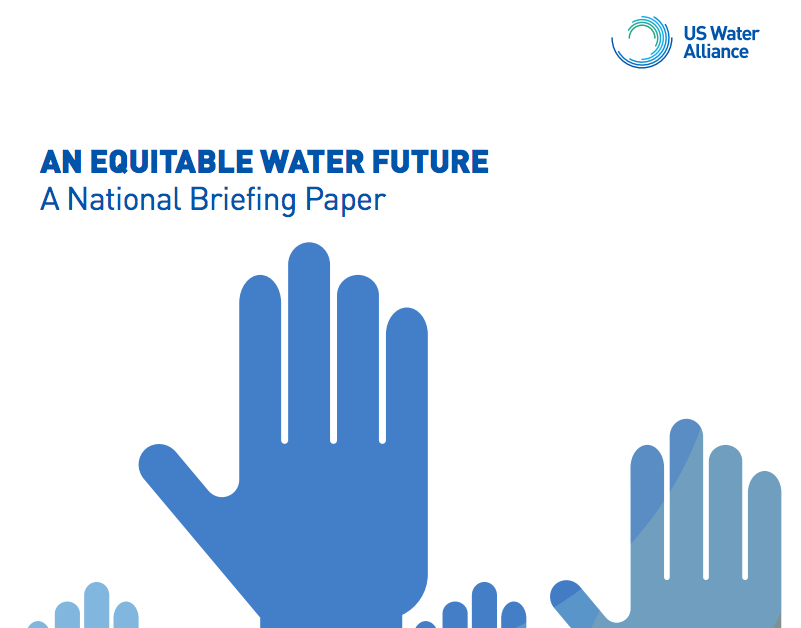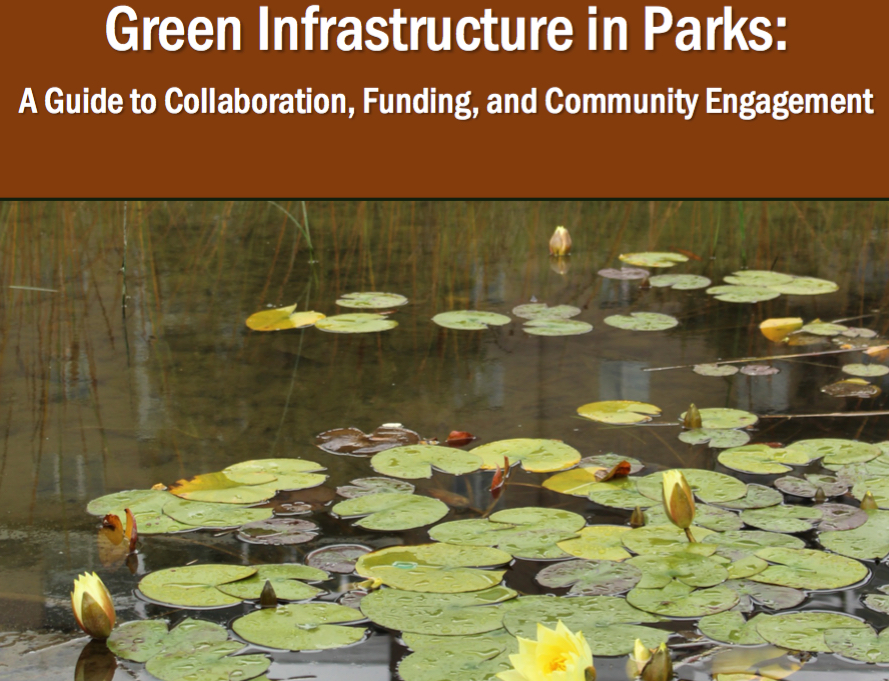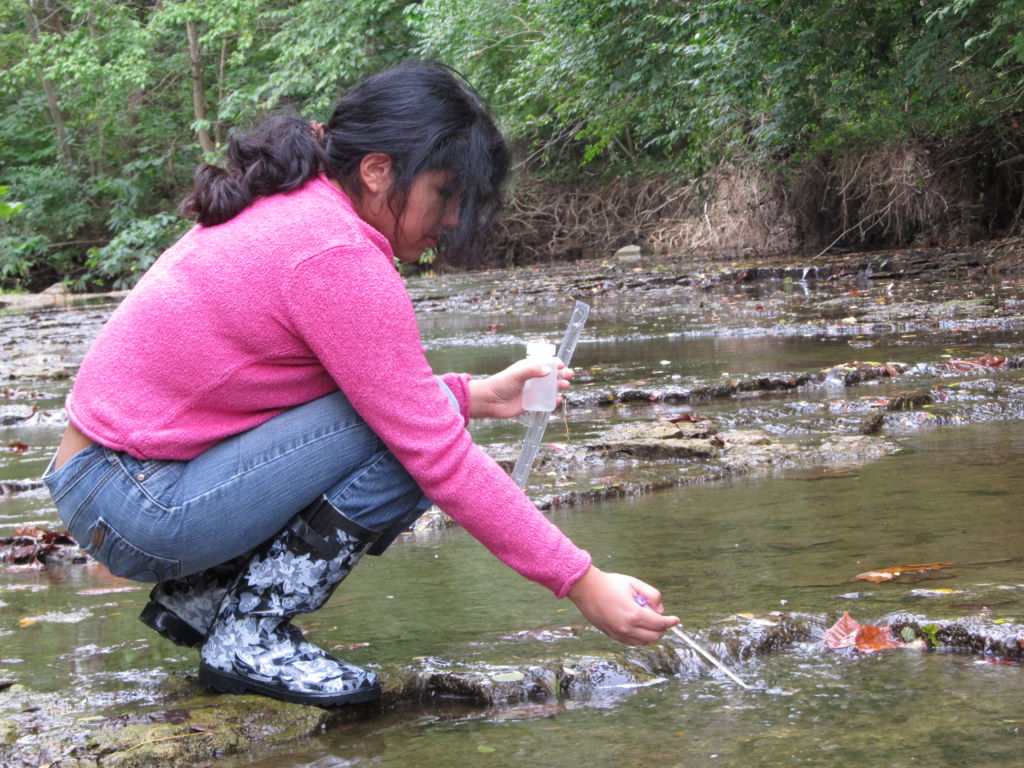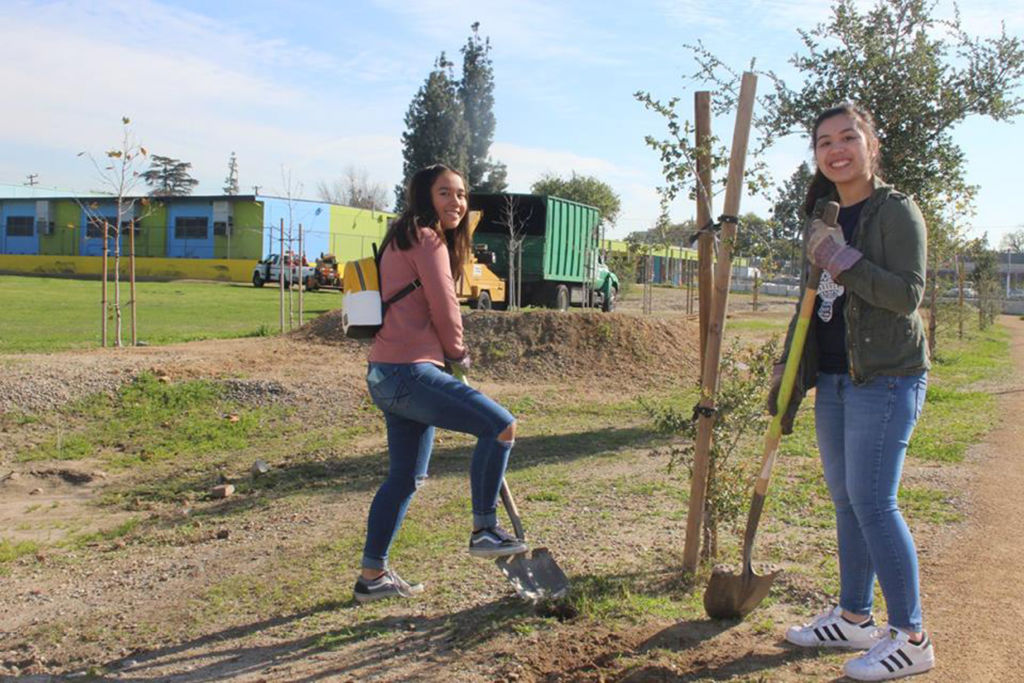recreation & public access
March 16, 2018
With new water uses in these sections of the LA River and more revitalization on the horizon, water quality monitoring for public health and community engagement becomes chiefly important. Heal the Bay – an organization based in Santa Monica, California – has a strong history promoting environmental awareness and advocating for public health through their Beach Report Card program. Over the years they have found that when people are informed about water quality issues, they are more motivated to take care of their environment. In cooperation with students from Los Angeles Trade Technical College (LATTC) and funded by EPA’s Urban Waters small grant program, Heal the Bay expanded this initiative to create a River Report Card for the LA River and other freshwater areas where people recreate and swim.
November 6, 2017
Service learning is a powerful tool for connecting people and their communities to local parks and natural areas. To celebrate the centennial of the National Park Service, the REI Foundation partnered with the National Park Foundation to fund projects that introduce underserved, inner-city youth to their nearby national parks and engage them in service projects to improve them. The project purpose is to foster stewardship among participants, help them to discover opportunities for outdoor recreation, and instill the value of nature and our nations’ parks—both national and local.
July 20, 2017
This U.S. Water Alliance publication summarizes the overarching and regional challenges that demonstrate the need for more equitable approaches, then outlines the “three pillars of equity” based on USWA’s original […]
June 24, 2017
By focusing on Philadelphia and comparing this city's mobility rates with other gentrification and displacement studies, it becomes evident that the effects of gentrification are extremely complex and can affect populations in a variety of ways depending on income level and other demographics.
June 15, 2017
Recreation in streams and rivers is a popular activity in the Los Angeles region. Yet, there is a lack of data on the water quality of these freshwater recreational areas […]
June 9, 2017
This guide is a kind of “Green Infrastructure 101”. It summarizes the benefits of green infrastructure (GI), including economic, educational, and health benefits. It explains how GI can be less […]
May 4, 2017
With its roots in community struggle for environmental justice, the West Atlanta Watershed Alliance (WAWA has grown into a dynamic watershed education, advocacy and stewardship organization. WAWA arose from community […]
April 25, 2017
The Wabash River, which is Indiana’s state river, has a rich economic and cultural history. As a tributary of the Ohio River, it is part of the upper reaches of the 1,245,000-square-mile Mississippi River Basin, and so was a vital navigation and trade route for French traders traveling between Canada and the Gulf of Mexico.
April 25, 2017
Created in 1937, the San Antonio River Authority (SARA) is charged with protecting and enhancing San Antonio’s creeks and rivers through service, leadership, and expertise. SARA is a leader in […]
April 7, 2017
The San Gabriel River drains a 713-mile watershed in the San Gabriel Mountains, flowing as far south as Long Beach, where it enters Alamitos Bay as a tidal river. It shares its watershed with two other major rivers: the Los Angeles and the Santa Ana.










